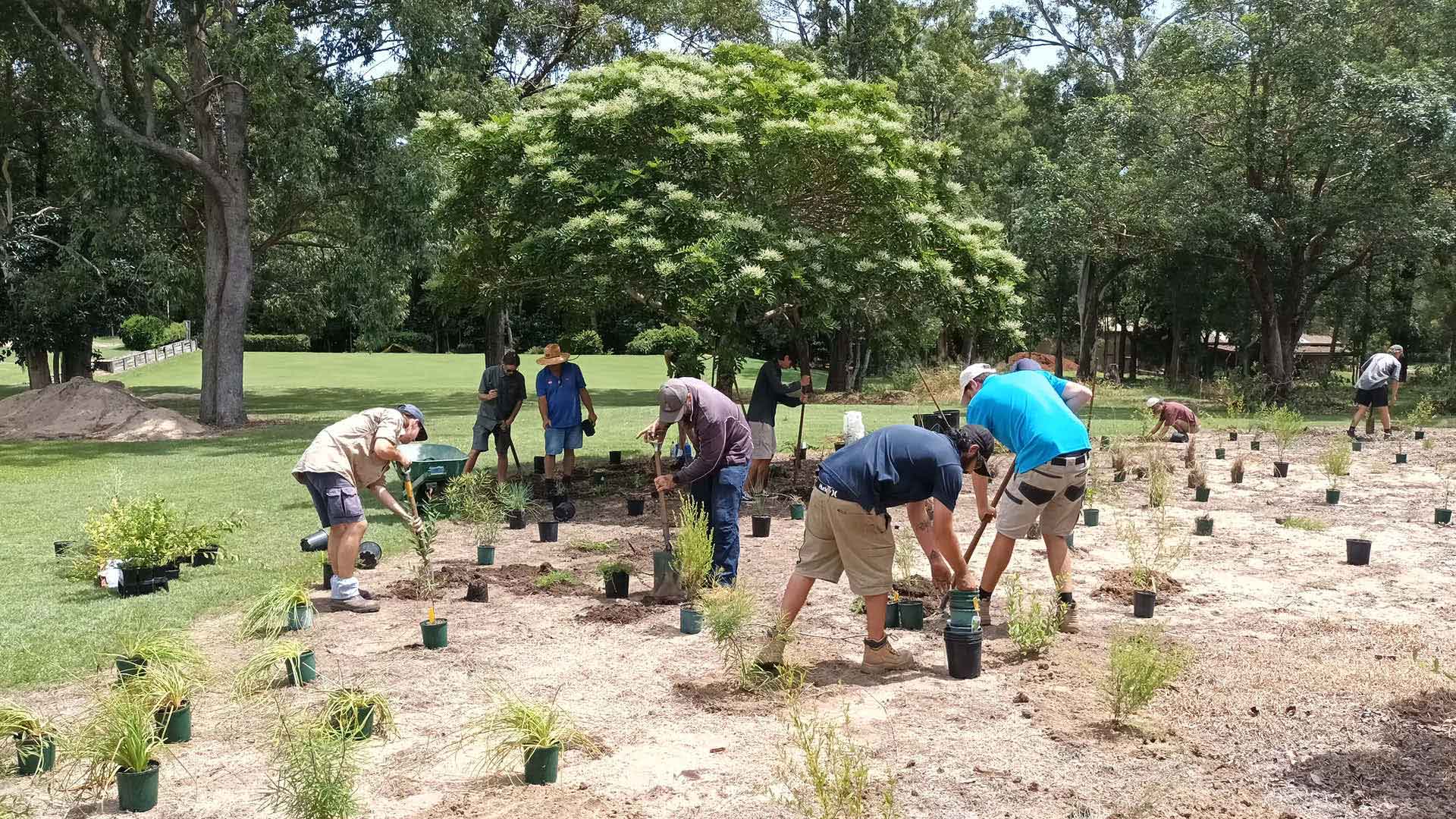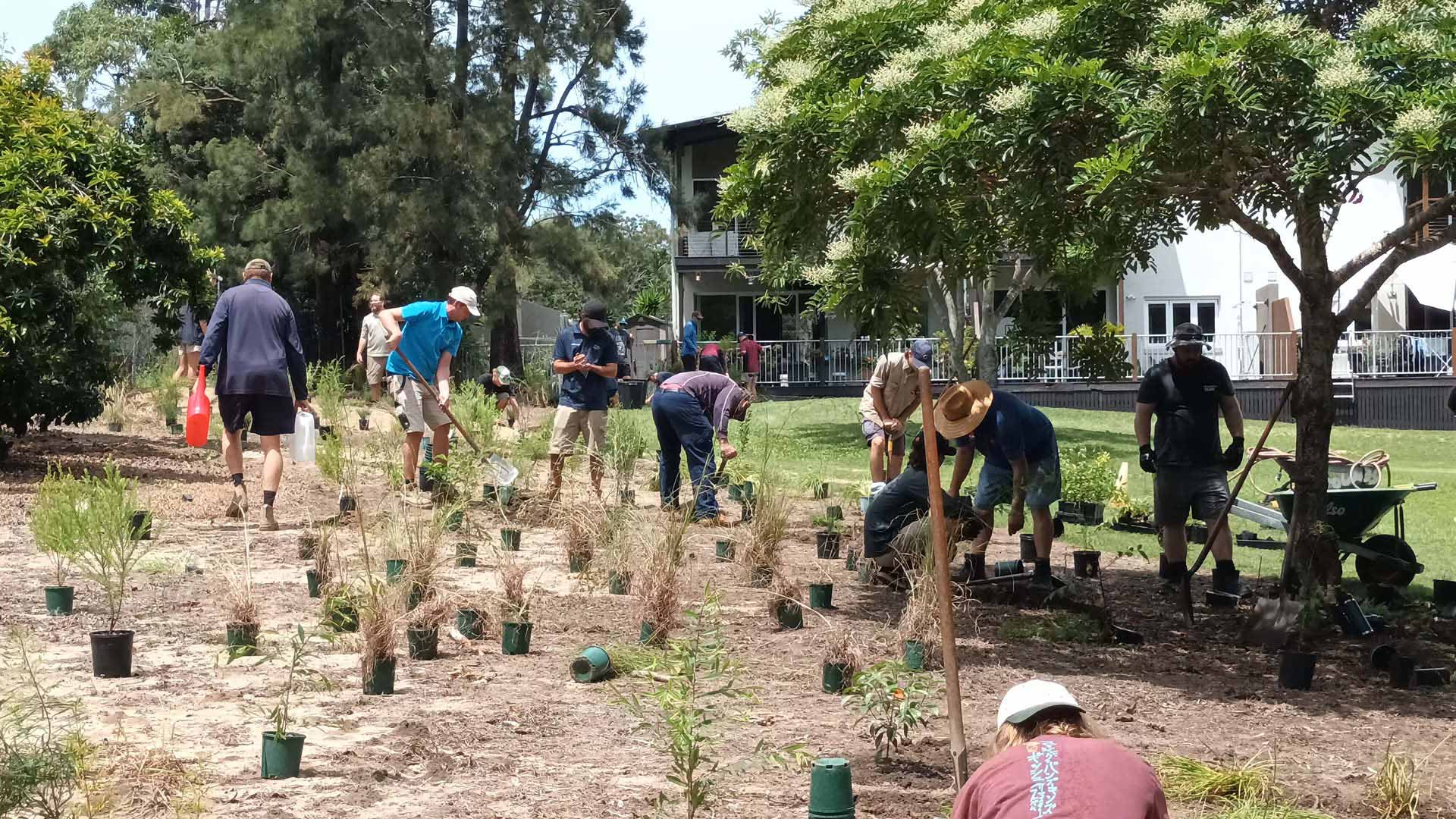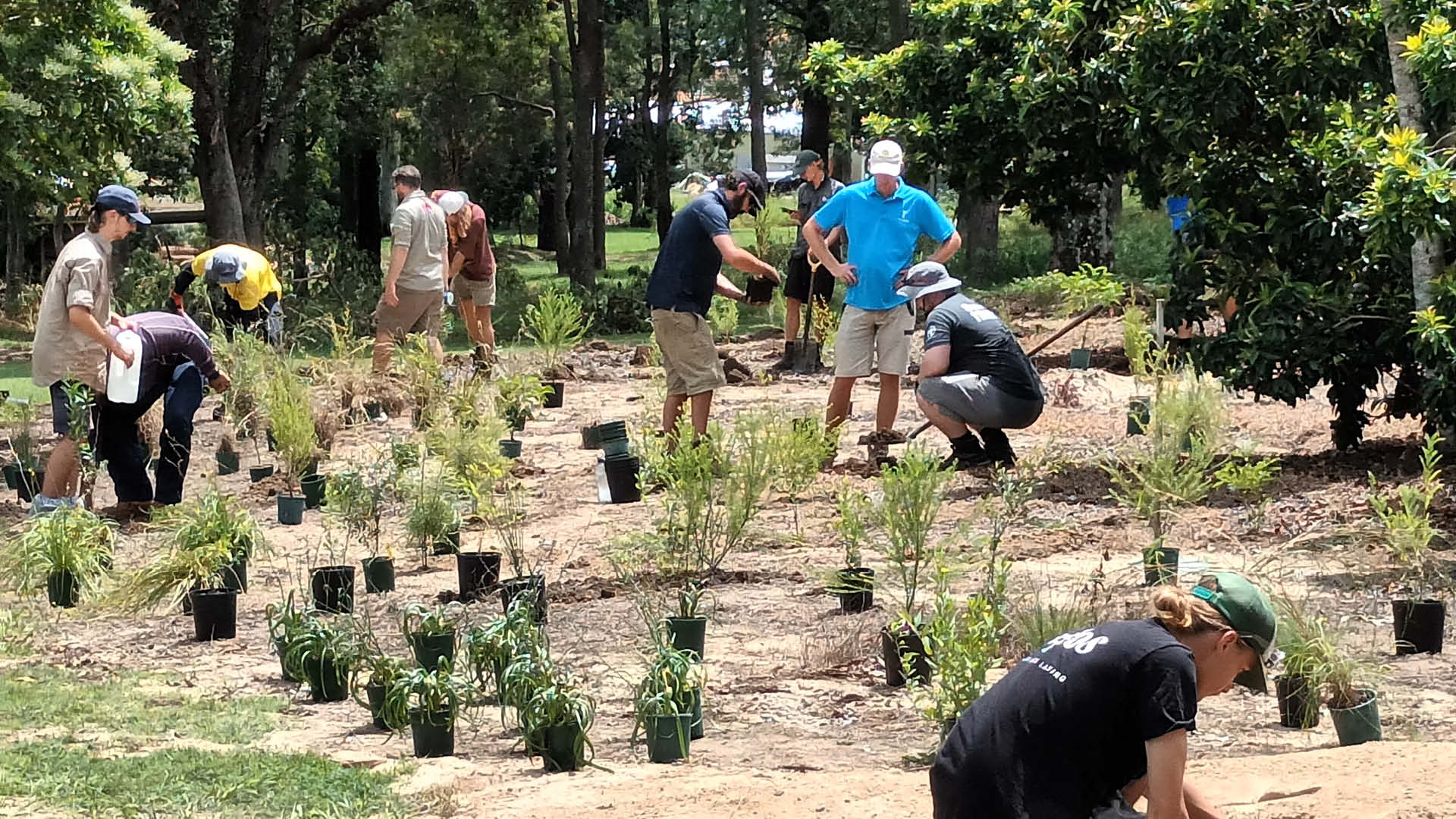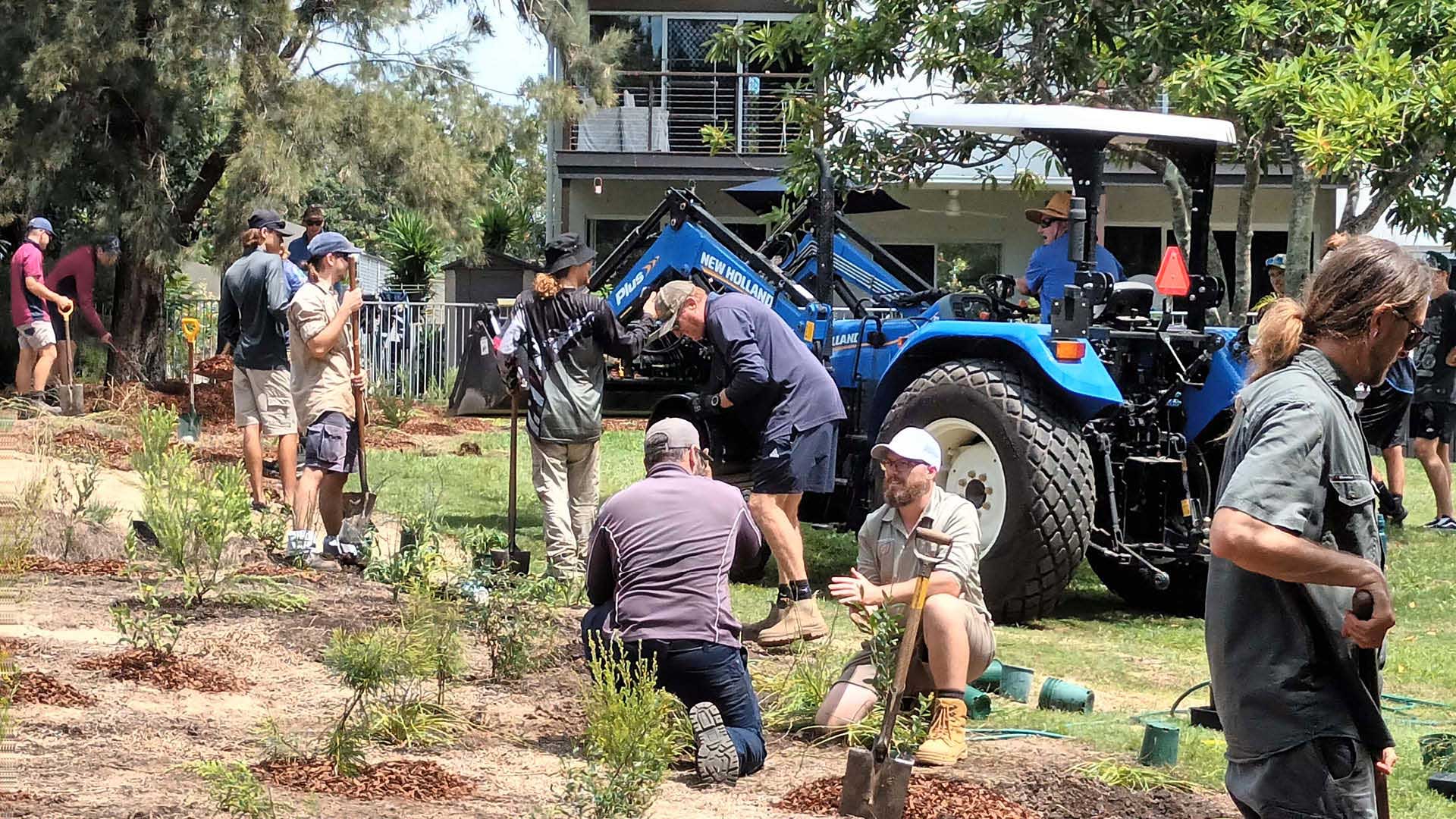How golf courses are becoming sustainable safe havens for bees
Operation Pollinator is a worldwide project transforming golf courses into safe havens for all sorts of wildlife, including bees and butterflies - turning green spaces into refuges essential for pollinating insects.
TAFE Queensland is supporting this project by incorporating it into its Sports Turf Management training, with students building a “pollinator corridor” at TAFE Queensland’s Grovely Campus.
The corridor replicates a buffer zone adjacent to a golf course fairway, adding to the biodiversity and expanding the value of golf as a whole community experience.
The area allows Certificate III in Sports Turf Management (AHC31319) and Diploma of Sports Turf Management (AHC51019) students to learn how to establish and manage a habitat using indigenous plants to enable all pollinators to thrive, equipping them with the skills and knowledge to revolutionise green spaces into thriving biodiverse habitats.
“The entire earth’s food supply and biodiversity rely on pollinating insects, and golf courses are well-placed to establish re-habitats that positively impact the environment,” said Eddie Bennett, Sports Turf Teacher, TAFE Queensland.
“We’re thrilled to support this project and train our students at our Grovely campus, which is renowned for delivering courses in horticulture and is surrounded by manicured lawns, sprawling gardens, nurseries, and reclaimed native forest areas.”
“With declining natural habitats for native bees and butterflies, our students are learning how to revive the space using wildflowers, pollinator hotels, bare ground and old hollow timbers to attract these essential insects that are vital for preserving biodiversity and our survival,” he said.
The students learn which native wildflowers (some rare) to plant, how to build pollinator hotels, and where to strategically place hollow timber logs, creating a safe habitat to attract pollinating insects to rest, lay eggs and breed.




Golf courses across Australia have been adopting practices that align with environmental stewardship, which forms the next step in their journey to maximise utilising their green space.
With many of our graduates going on to work as golf course greenkeepers, curators and superintendents, the need to train them to rewild courses to create biodiversity hotspots that benefit the environment gives golf courses the unique opportunity to lead in a green revolution.
Rewilding areas on golf courses into thriving ecosystems will restore the local environment's natural balance, making golf courses crucial for maintaining urban biodiversity while enhancing the course’s visual appearance, not just for the player but for all the community to enjoy.
“Education is critical to this transformation, and through TAFE Queensland’s training, students are equipped to build and maintain sustainable places, creating nature that supports biodiversity and environmental health,” continued Eddie.
“Training our students which native flower species to use and how to provide nest sites is important, as local flower species are resilient to the climatic conditions and can persist for longer without needing to be re-established.”
“It’s also vital to provide a site that attracts pollinating insects all year round, not just in a few months as most people do, and to ensure a sustainable environment for all things big and small,” he said.
The evolving relationship between golf and nature marks a promising future for biodiversity in Australia.
As golf courses embrace sustainability, they prove that recreation and environmental conservation can go hand in hand and contribute to community, economy, and ecological sustainability.